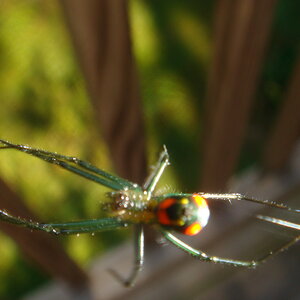SubOhmGirl
TPF Noob!
- Joined
- Sep 13, 2017
- Messages
- 31
- Reaction score
- 19
- Can others edit my Photos
- Photos OK to edit
So, I have been doing a lot of shooting and reading and learning and am now pretty comfortable in manual mode. I haven’t had the chance to get up to the mountains and do any landscapes yet but I have been doing a lot of people, pets and starting to get into still life’s (at least thats what we called it in art school drawing class where you set up a bunch of objects artistically and draw them) A friend of mine has a pair of speed lights and she let me try them and that was awesome!!! Is that a good place for me to start? A pair of speedlights and softbox/umbrella?
It will be winter soon here in Colorado and I am anticipating shooting indoors a lot more and want to have what I need for it. I would like to get some cool shots of some of my mech mods (vaping) and toys/collectibles, rocks/stones and whatever other shiny or colorful objects I find as well as my loved ones friends and family.... I figure it is a good way to build some skills during the winter months when the weather is too poor to go outside.
I use all Nikon gear... specifics are in my signature. Currently, I just have my camera and lenses and no lighting equipment or flashes beyond the one built into my d3400. I’d like to spend under $1000 for my first lighting setup. I appreciate all of your experience and knowledge. Thanks in advance.
It will be winter soon here in Colorado and I am anticipating shooting indoors a lot more and want to have what I need for it. I would like to get some cool shots of some of my mech mods (vaping) and toys/collectibles, rocks/stones and whatever other shiny or colorful objects I find as well as my loved ones friends and family.... I figure it is a good way to build some skills during the winter months when the weather is too poor to go outside.
I use all Nikon gear... specifics are in my signature. Currently, I just have my camera and lenses and no lighting equipment or flashes beyond the one built into my d3400. I’d like to spend under $1000 for my first lighting setup. I appreciate all of your experience and knowledge. Thanks in advance.


![[No title]](/data/xfmg/thumbnail/42/42057-1509913128bb1db2bc11235c05832fd4.jpg?1619739993)
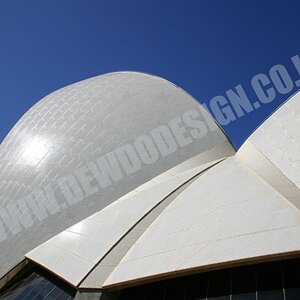
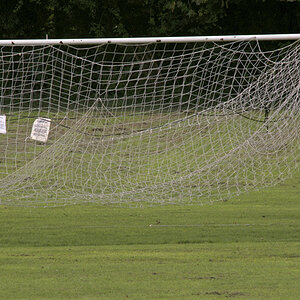
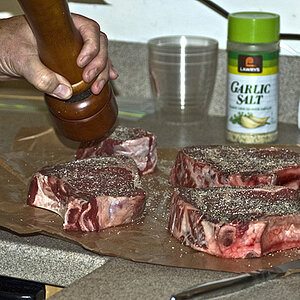
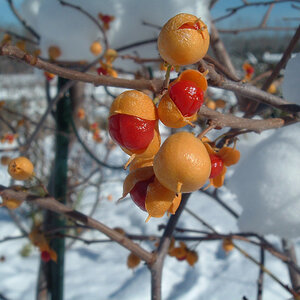
![[No title]](/data/xfmg/thumbnail/32/32929-22e23acc63d6ecb25e5ee941be87121f.jpg?1619735758)
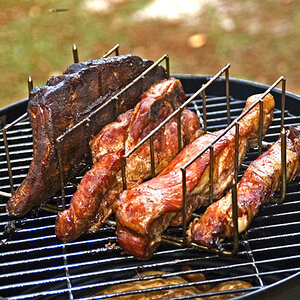
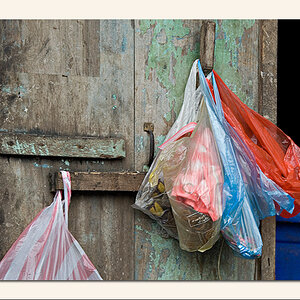
![[No title]](/data/xfmg/thumbnail/33/33342-79274d7e5cdf3e52939255e1cd89f2d0.jpg?1619735911)
![[No title]](/data/xfmg/thumbnail/42/42054-e8278f89f6a543cad8fd644e37b064f3.jpg?1619739992)
![[No title]](/data/xfmg/thumbnail/39/39271-04ff6ce1fbcda2b0d41ad7ee08cff91a.jpg?1619738950)
